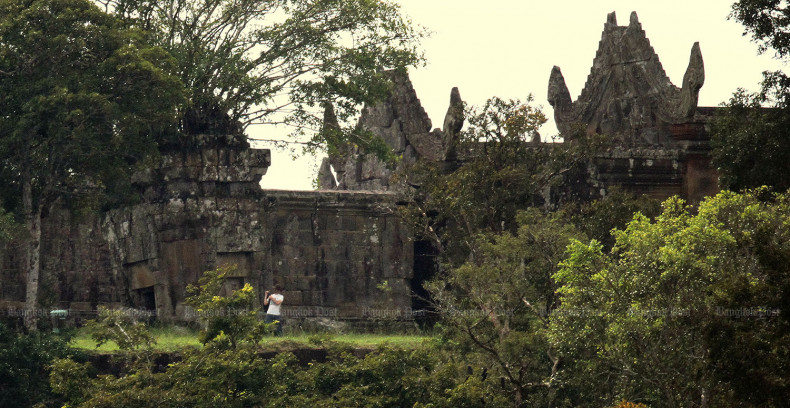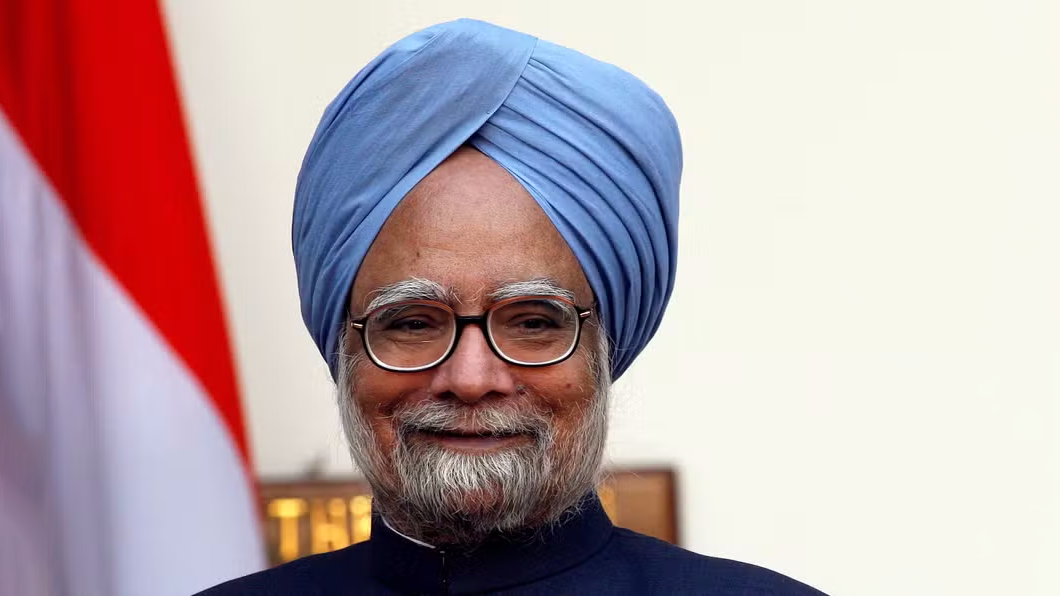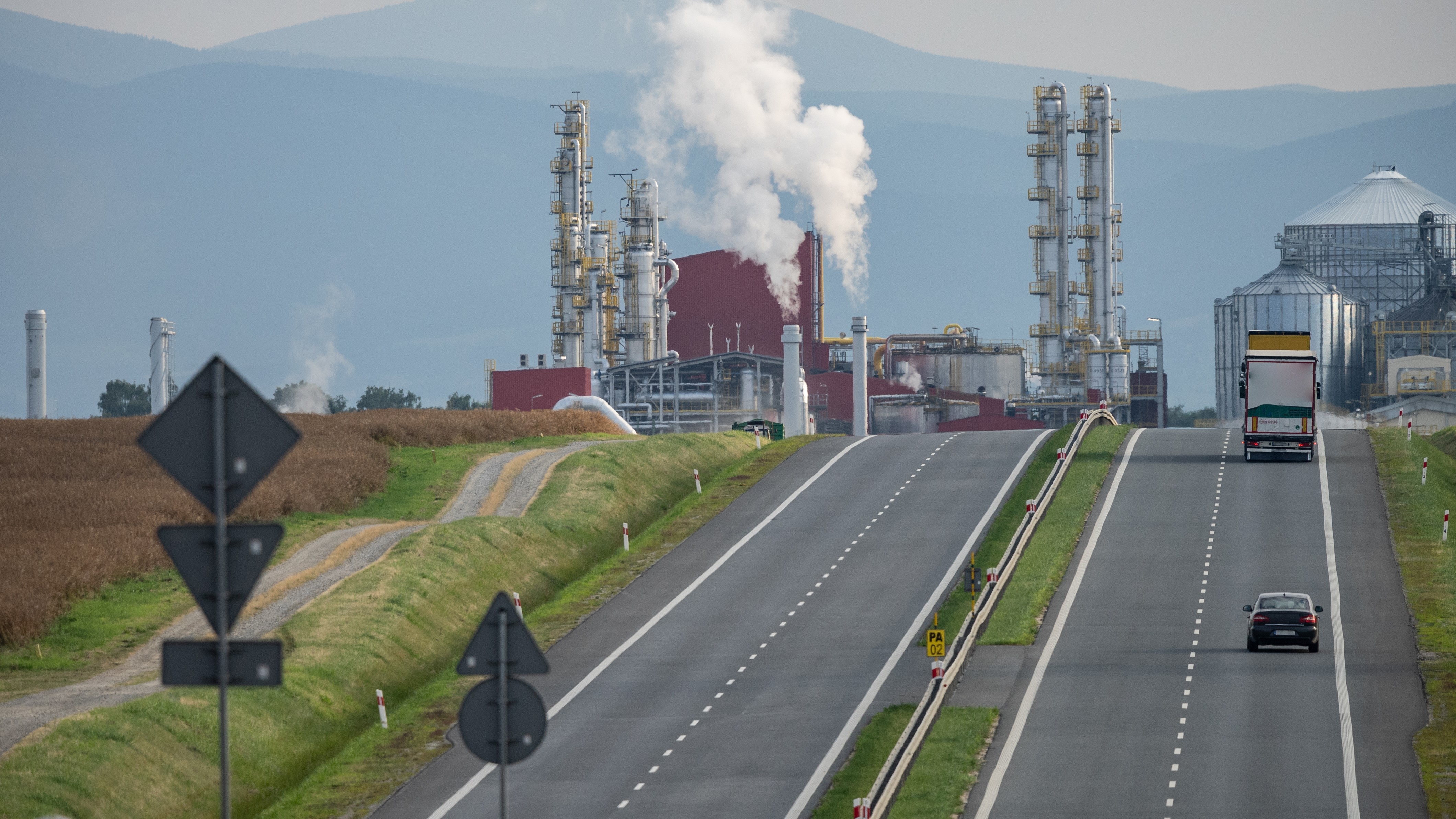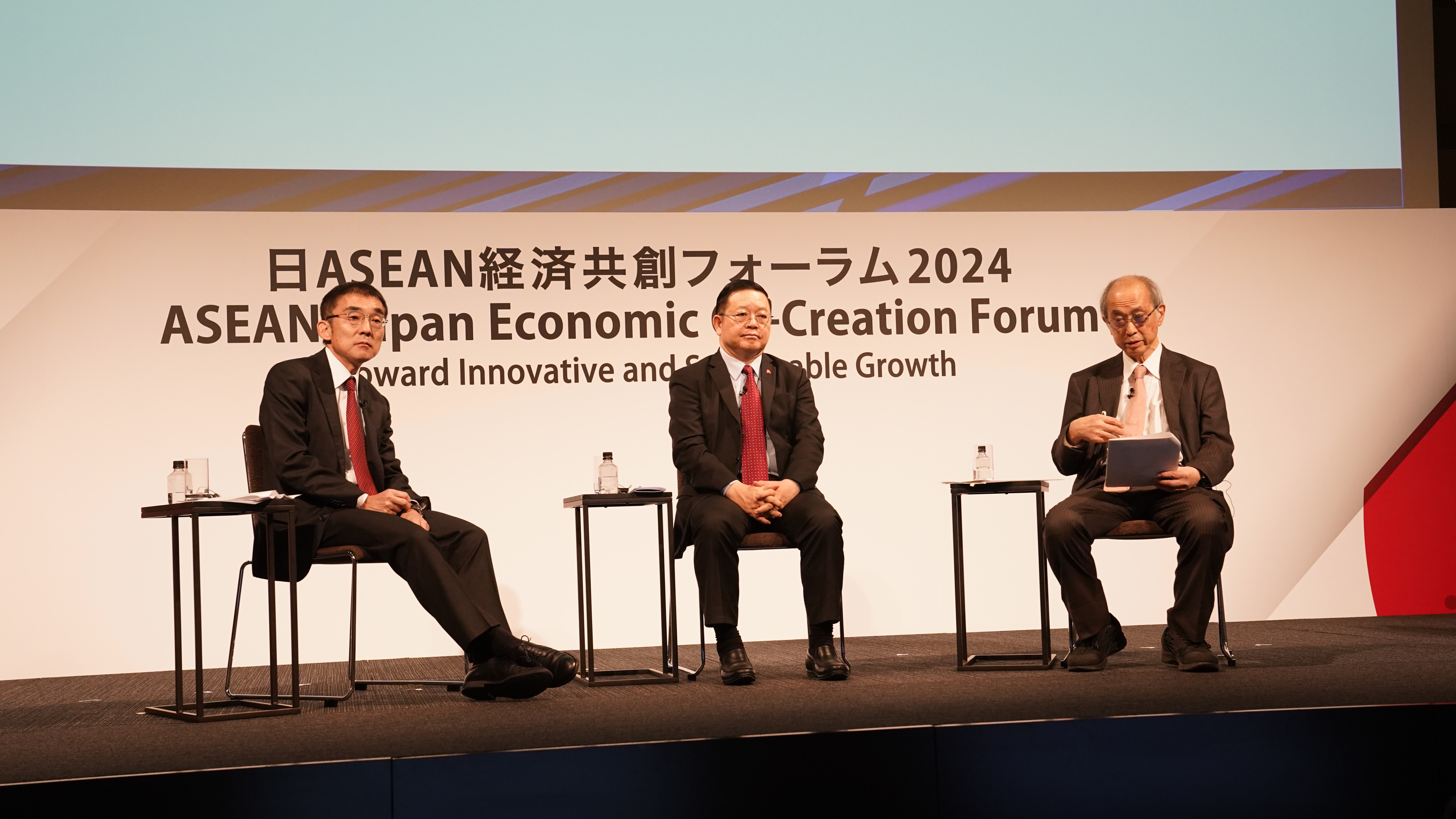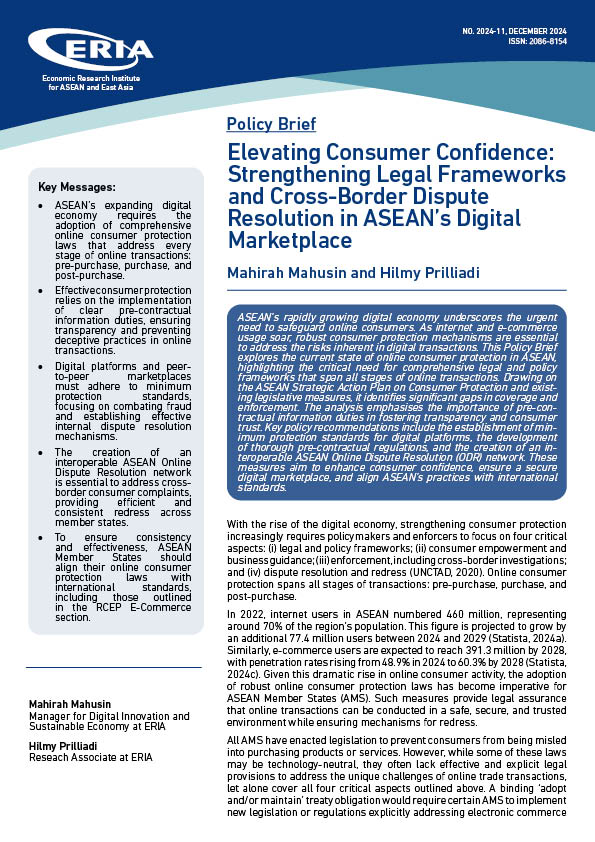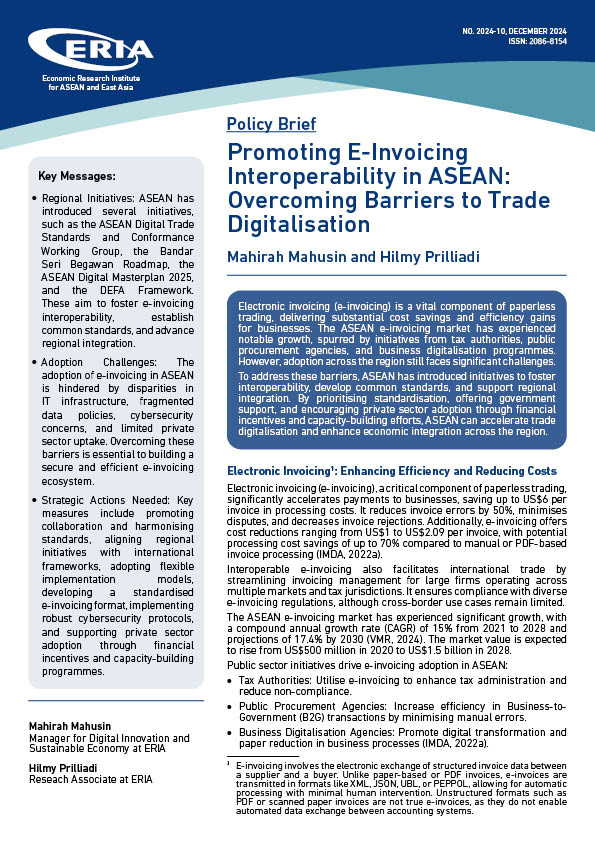Thai-Cambodian Ties Enter a New Era
Date:
30 January 2024Category:
OpinionsTopics:
GeopoliticsShare Article:
Print Article:
By Kavi Chongkittavorn, Senior Communications Advisor: Exactly 37 days before Samdech Moha Borvor Thipadei Hun Manet was due to fly to Bangkok on Feb 7 for a one-day official visit, Cambodia extended Thai border pass access to Siem Reap, where Angkor Wat is located. This was an act of goodwill as the proposal has been on the table for discussions since Prime Minister Srettha Thavisin's visit to Phnom Penh in September -- his first official foreign destination after being elected Thai leader.
Previously, residents of seven Thai provinces -- Trat, Chanthaburi, Sa Kaeo, Buriram, Surin, Si Sa Ket, and Ubon Ratchathani -- had been able to cross the border to adjacent Cambodian territory without any passport. Similarly, the residents of seven Cambodian provinces -- Koh Kong, Pursat, Battambang, Pailin, Banteay Meanchey, Oddar Meanchey and Preah Vihear -- could cross into Thailand.
Since Jan 1, Thai pass holders have been allowed to travel to Siem Reap, Battambang province, without a passport to visit one of the world's seven wonders, Angkor Archaeological Park.
This new measure will promote an increase in Thai tourists and reduce travel time and visa costs to visit the historical site. Although the new accessibility is valid for six months, it will be renewed automatically unless decided otherwise. Cambodia has also allowed Thailand to open a consulate office in Siem Reap.
On the sidelines of the World Economic Forum in Davos, Switzerland, Hun Manet informed Mr Srettha of his directive during their working lunch where they also went over bilateral issues that will come up during the former's visit. They also planned to discuss a new additional measure to promote bilateral tourism at another historic site, the Preah Vihear/Pra Viharn Temple.
However, given the excellent relations between the two countries, both leaders could agree on opening access around the temple's complex. To do so, both countries must leave aside their overlapping claims for the time being and work together to facilitate the border crossing in the most "sensitive" areas.
After armed clashes in 2011, Cambodia took Thailand to the International Court of Justice in 2013. The ICJ came out with a verdict demanding that Thai troops be withdrawn from the disputed areas. For both countries, a decade that could have benefitted people-to-people exchanges and tourism promotion was lost.
Judging from the body language of both leaders and the future bilateral trajectory, the two countries will allow their people access to the temple's compound for the first time in 13 years.
Hopefully, Thai tourists can enter the temple through Kantharalak district of Si Sa Ket province, which has been blocked since 2008. Similarly, Cambodian tourists will be able to enter through the Pha Mor E-Daeng in Khao Phra Viharn National Park.
Thailand currently has the largest number of tourists visiting Cambodia, with 1.82 million, followed by Vietnam at 1.01 million, China at 547,789, and Laos at 372,285. Thailand and Cambodia earlier also agreed on a common visa scheme to promote tourism in their countries. Tourists with either Thai or Cambodian visas can also visit both countries under the tourism scheme of the Ayewaddy-Chaoprapya-Mekong-Economic Cooperation Strategy.
These two new measures to promote tourism will certainly benefit both Thais and Cambodians and will also serve as a building block for enhanced cooperation when Hun Manet and Mr Srettha meet again this week in Bangkok to further discuss a bigger and more sensitive issue involving a huge area of disputed claims in the Gulf of Thailand.
The ongoing negotiations over the planned development of the overlapping claims have yet to be concluded. But in Davos, both leaders were committed to negotiating the joint development plan.
The bone of contention is the contested 27,000 square kilometres in the Gulf of Thailand, which could contain around 11 trillion cubic feet of natural gas and oil. Cambodia delineated the area in the west in 1972, while Thailand counterclaimed in the east in 1973. Given the current geopolitical shifts and economic uncertainties, particularly the energy security section, their joint development plans would be mutually rewarding.
Before 2014, Thai-Cambodian ties were rocky and unpredictable. But the relationship has improved markedly in the past decade. Kudos must go to the former prime ministers -- Hun Sen and Gen Prayut Chan-o-cha, for ushering in the new bilateral progress.
Both Mr Srettha and Hun Manet can strengthen their ties further as they took over their respective countries' leadership at the same time. The Thai leader did not waste any time, as shortly after, he visited the eastern neighbour on his first official foreign trip as PM. The visit allowed the two leaders to establish a personal rapport and enhance their mutual trust.
In the long history of Thai-Cambodian relations, which has been fraught with border conflicts and suspicion, mutual trust at the highest level is a prerequisite for strengthening cooperation and economic development.
It also explains why Mr Srettha and Hun Manet could have a working lunch without prior arrangements at Davos. Furthermore, as ASEAN members, the two countries see eye to eye within ASEAN frameworks and numerous global agendas and priorities.
For instance, both countries want to share their prosperity by increasing investment and bilateral trade. Two-way trade is expected to reach US$1.5 billion (53 billion baht) by the end of next year.
Furthermore, they are also actively pursuing a peaceful settlement for conflict-ridden Myanmar that will respond to the will of the local people. Lessons learned from decades of engagements in peace-making and peace-building are valuable for both Asian and international communities.
More broadly, a strong and stable Thai-Cambodian relationship in the new era, as Mr Srettha put it, will serve as a foundation for the solidarity of mainland Southeast Asia, preventing any foreign hegemon from attempting to dominate the region.
Indeed, Cambodian and Thai diplomacy shares numerous similarities as they cherish foreign policy independence and hedging brinksmanship based on their national interests and strategic autonomy. Their actions and views often surprise keen watchers of Southeast Asian politics.
This opinion piece was written by ERIA's Senior Communications Advisor, Kavi Chongkittavorn, and has been published in Bangkok Post. Click here to subscribe to the monthly newsletter.
Disclaimer: The views expressed are purely those of the authors and may not in any circumstances be regarded as stating an official position of the Economic Research Institute for ASEAN and East Asia.
Photo Credit: Pattanapong Hirunard
